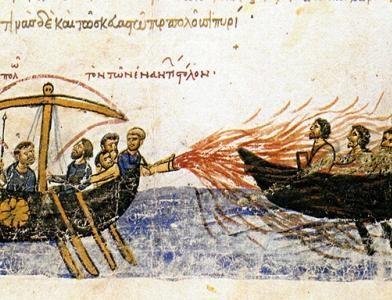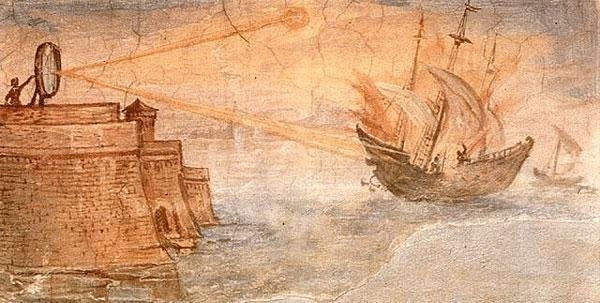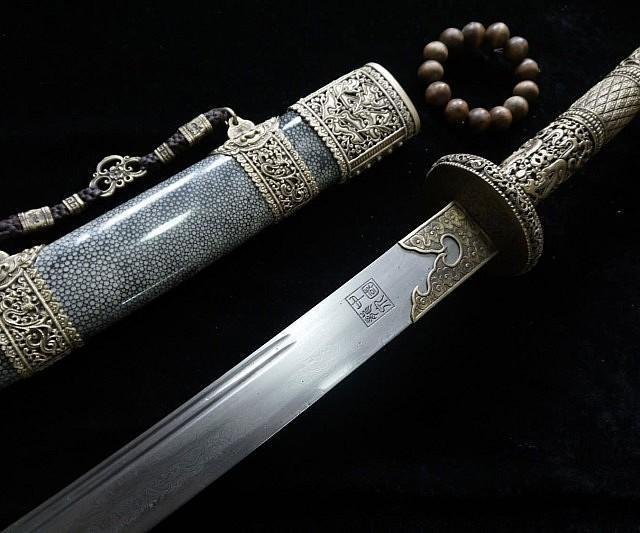The Greek Fire and Damascus Steel Remained Mystery
It is generally believed that humanity of the 21st century is much more progressive than our predecessors, who lived hundreds or thousands of years ago. However, in ancient times there has been a technology that is also used today, Unfortunately, the technology disappears leaving a mystery that is difficult to solve, even often unbelievable until the end is superstitious.
There are some pretty shocking past weapons. A number of small notes reveal the existence of these weapons. Some of them are strange fires used by Greek troops, sun waves and the powerful composition of Damascus's mysterious steel. In addition, there is also an antidote to all toxins whose mysteries have not been solved until now.

Greek fire
A folktale and history of science at Stanford, Adrienne Adrienne Mayor, delivered some very interesting things, but little details are known from that period, in a book entitled "Greek Fire, Poison Arrows & Scorpion Bombs: Biological and Chemical Warfare in the Ancient World . "
Do you know what is the Greek fire? In the seventh to twelfth centuries, the Byzantines used this chemical as a weapon in a sea battle. They will sprinkle this liquid on enemy soldiers who will turn into fire. Water can not save because the liquid will continue to burn even in the water. To extinguish the fire, what is needed is sand, vinegar or urine.
The Greek fire can be seen in the miniature Madrid manuscript of John Skylitzes, which depicts the battle of Rome with the fleet of Thomas Slavia, leader of the anti-feudal revolt in Byzantium. The following words can be seen on one of the ships: "The Romans built an enemy fleet on fire.

Wave Weapon
The famous Greek scholar Archimedes, who died in 212 BC, allegedly developed a wave weapon that could burn off the Persian fleet. The weapon is made of a copper shield that can reflect sunlight in a destructive way.
In 2005, students at the Massachusetts Institute of Technology succeeded in creating such technology. The students conducted a successful experiment, where they set fire to a boat in the port of San Francisco.
The extraordinary endurance of buildings built in Roman times also deserves attention. Many of them were built thousands of years ago, but still very strong even today. While modern buildings began to collapse in just a few decades
It turns out recently, the secret of long life Roman concrete lies in one of the materials yaakni volcanic ash. Experts at the University of California at Berkeley found that calcium, aluminum, silicate and hydrate compounds act as a binder, while less durable materials exist in modern concrete.
Ancient sources can also give us some bits of information about so-called flexible glass. For the first time, it is mentioned by Petronius, who died in 63 AD He told the story of glassblower, who gave a glass as a present to Tiberius Emperor (14-37 years BC). In front of the emperor, glassblower dropped a glass on the floor, but the glass did not break apart. There was only a small flaw and immediately recovered. Tiberius ordered to decapitate the glassblower. The emperor assumed the man could do the same for precious metals.
Only in 2012, a company called Corning develop willow glass ". The material is heat resistant and flexible enough to be rolled. For a time, materials used in the production of solar batteries.

Steel Damascus and Mitradatium
Have you ever heard of the Damascus miraculous steel used on the swords that were forged in the Middle East in the Middle Ages? This technology originated about 300 BC. For a long time, Damascus steel was considered the strongest metal in the history of mankind, although the exact composition of this steel remained secret. The known steel is based on a special alloy called Damask.
In the mid-18th century, Damascus steel production was stopped. The secret of this metal decomposes recently with the help of scanning electronic microscopes.
Another mystery is when King Mithridates VI of Pontus (120-63 years BC) also found a prescription for a universal antidote which is presumed to be a cure for all toxins. This substance is named after its discoverer - mitridatium. Furthermore, the personal physician of the Roman Emperor Nero refined the formula of the substance. The original recipe is then lost and we only know that the mitridatium includes opium and low-dose combinations of various toxins and their antidotes.
In 1992, former Soviet biologist Sergey Popov, who emigrated to the United States, tried to create the mitridatium, but to no avail.
Many technologists of the past are lost
postingan yang menarik salam kenal @gnsmirza